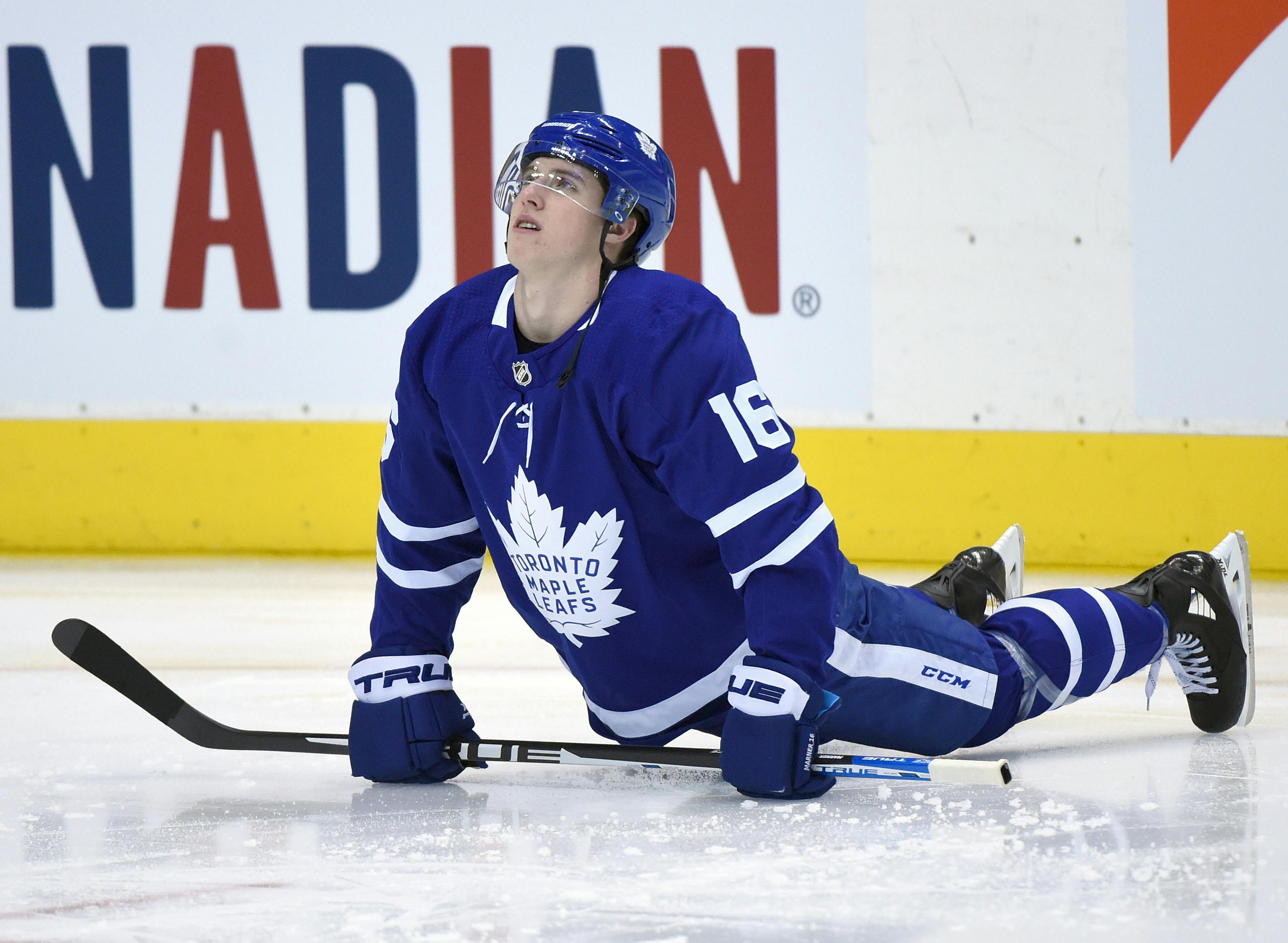Analyzing the State of NHL Contracts in 2021
Photo credit: © Dan Hamilton-USA TODAY Sports
Jun 25, 2020, 09:00 EDT
Recent articles from Earl Schwartz
Breaking News
- NHL betting preview (May 9): Maple Leafs vs. Panthers Game 3 predictions
- Brandon Montour reveals Toronto was a serious consideration in free agency last summer: Leafs Morning Take
- Craig Berube praises Chris Tanev’s shot blocking abilities ahead of Game 3 vs. Panthers
- Woll projected to start Game 3, Panthers’ Maurice hints at game-time decisions
- How the Leafs are killing the Panthers in transition through two games
